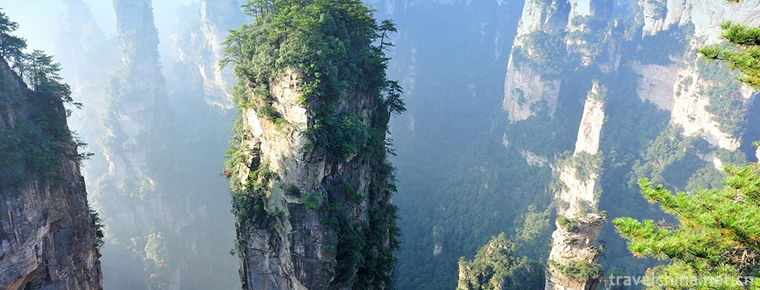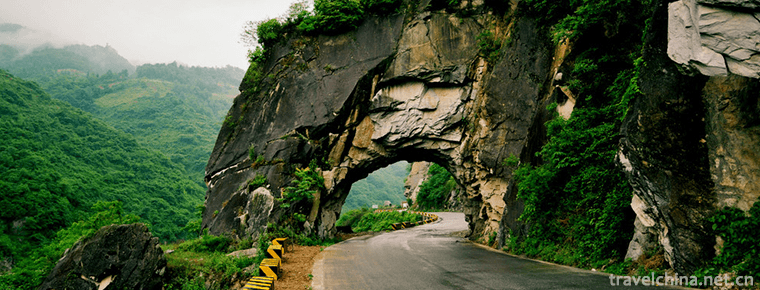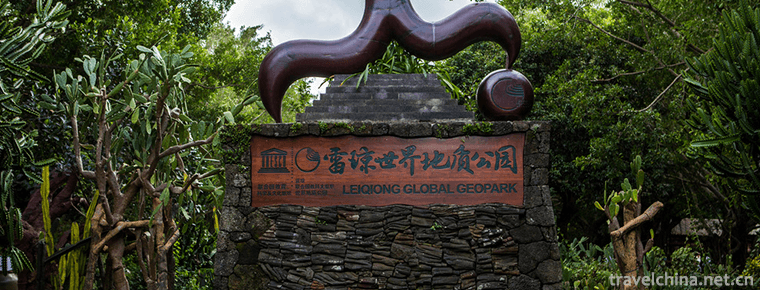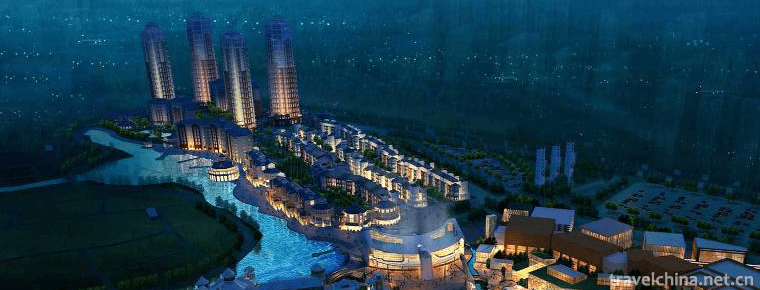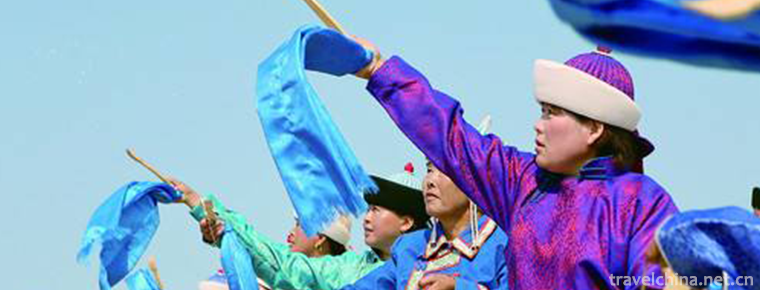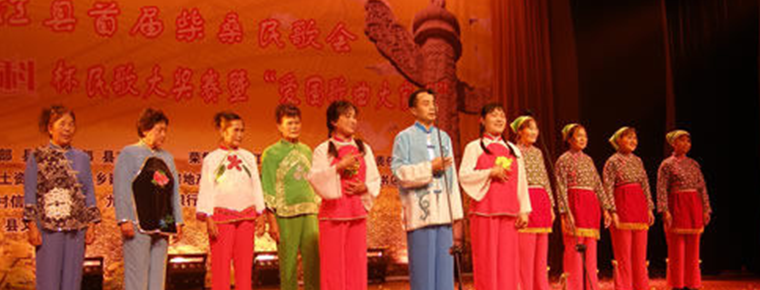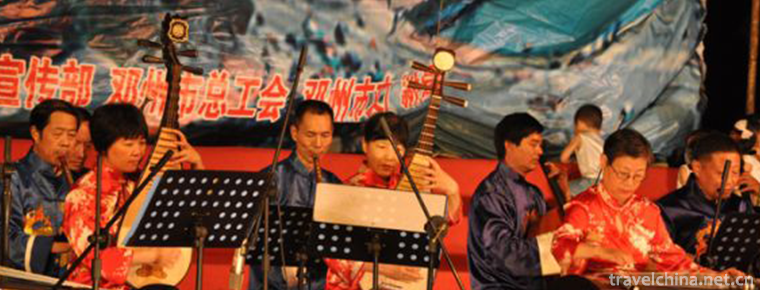Baisha Lake Scenic Area
Baishahu Lake is one of the important scenic spots in Qianli Gallery in Altay, Xinjiang. It is 100 kilometers from Habahe County, 260 kilometers from Altay Airport, 150 kilometers from Kanas Airport, 260 kilometers from Beitun Railway Station and 770 kilometers from Urumqi City, the capital of Xinjiang. The northwest of Baishahu Scenic Area is about 2.5 kilometers away from the Sino-Kazakh border and is connected by highways. About 650 meters above sea level, its waters area is 0.5 square kilometers, is a desert lake surrounded by sand dunes. The cold climate of continental north temperate zone is characterized by unknown seasons, drought in spring, strong wind, short hot summer, cool autumn, long cold winter, dry air, less rainfall, large evaporation, abundant sunshine and large temperature difference.
April 13, 2018, was included in "Magic Northwest 100 Scenes".
Main attractions
Baisha Hunan is about 800 meters long in the north and 600 meters wide in the East and west. It resembles a pea pod, concave in the East and bulging in the west. Baisha Lake is the only deep water pool in the desert, and its water source and origin have attracted much attention of scientific researchers. It is also puzzling and thought-provoking that there is a great contrast between the growth of the lake center, the lakeside and the surrounding climate and the multi-planted quilt and semi-arid shrub vegetation in the ecological environment. Around Baisha Lake are aquatic plants, such as reeds and calamus, which grow as high as 1-4 meters in dense clusters. There are wild lotus flowers living alone in the lake. Within 50 meters of the lake, there are tall and dense mixed forest belts of Populus alba, Populus alba and Betula. On the sand dunes 50 meters away from the lake, there are plants such as Populus euphratica, Hawthorn, Populus alba and Spiraea.
Baisha Lake has a unique scenic composition. Lotus blossoms in the lake in June and wild ducks swim in it. Red and yellow leaves in autumn and October display in the wind, green water in the lake, blue waves like mirrors, lakes and mountains set off, overlooking and looking at the near future. The sandy land emits fragrant earthy fragrance under the sunshine, which makes people enchanted. Golden Mingsha Mountain in the distance reflects in the green lake, lakeside and all kinds of lakes. Mixed forest, layers of overlapping, intersecting brilliant, like a perfect natural bonsai, displayed in front of visitors. It is called "Baishahu Lake in the south of the Xiaojiang River in Saibei, located in Sanlian, northeast of the 185 Regiment, 25 kilometers away from the Regiment. There are highways connecting with each other, and there are special cars to send each other back and forth." Located in the desert, Baisha Lake is 650 meters above sea level, about 2100 meters in length from north to South and 1300 meters in width from east to west. It is called "the wonder of desert", and its water surface is about 10 hectares. Regardless of spring, autumn, winter and summer, the lake water has never increased, nor condensed, nor turbid. Where does the water come from, and why can it remain normal all the year round? This is a question entwined in people's hearts, so far there is no clear answer, but this is also an important reason for the full charm of Baisha Lake. According to historical records, in 1218 AD, Genghis Khan led a large-scale Western Expedition of Mongolian Iron Riders. The Mongolian Army set out from the Mongolian capital of Kara and Lin on the Hunan side of Belga, along the Mongolian prairie through Uriya Sutai, and crossed the Gorge of Qinlek Uermogai Mountains in the east of Altai Mountains to reach the source of the Cran River. Then it went down the river and was stationed on the Stone River (now known as the Ertiz River) in June 1219 in Yer. Along the north to camp here, stop drinking horses, so known as "Genghis Khan" horse pool. In mid-December 2015, the Baishahu Lake scenic spot of the 185 Regiment of the 10th Division passed the Landscape Quality Assessment Meeting organized by the National Tourism Administration and formally entered the list of 5A-level scenic spots.
Honors
April 13, 2018, was included in "Magic Northwest 100 Scenes".
Tourism information
Ticket price: 45 yuan per person; Interval car: 10 yuan per person; Battery car: 10 yuan per person
Suitable Playing Season: Summer and Autumn
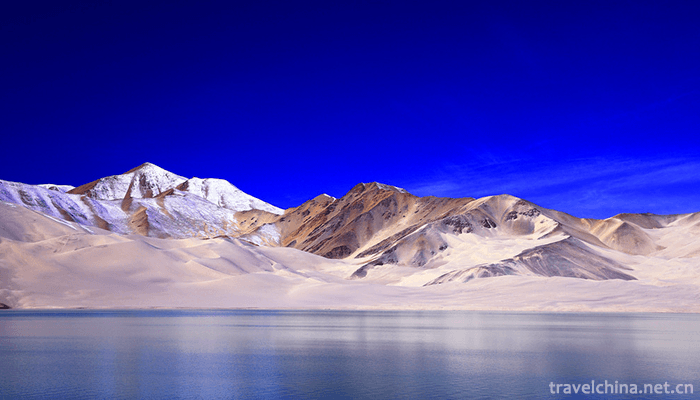
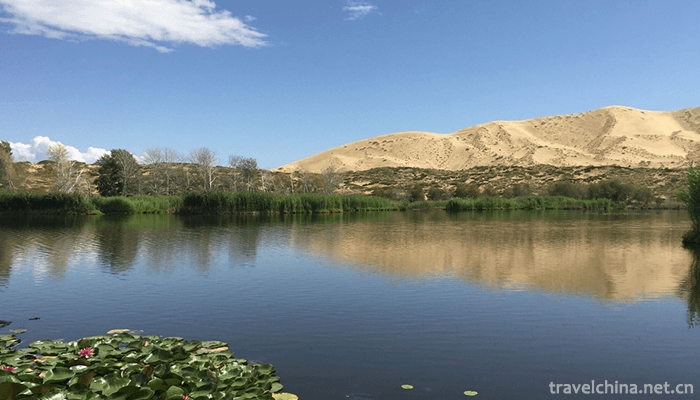


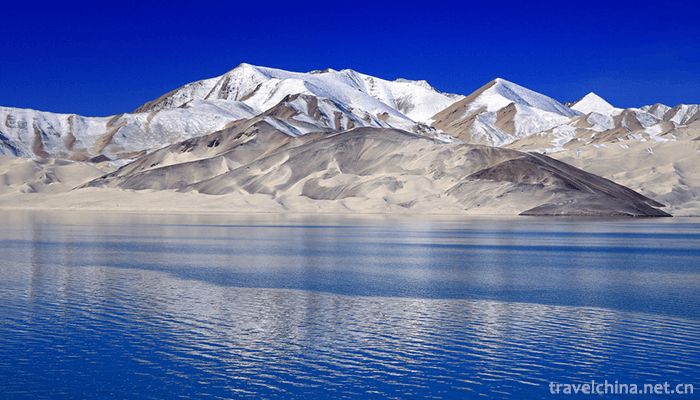

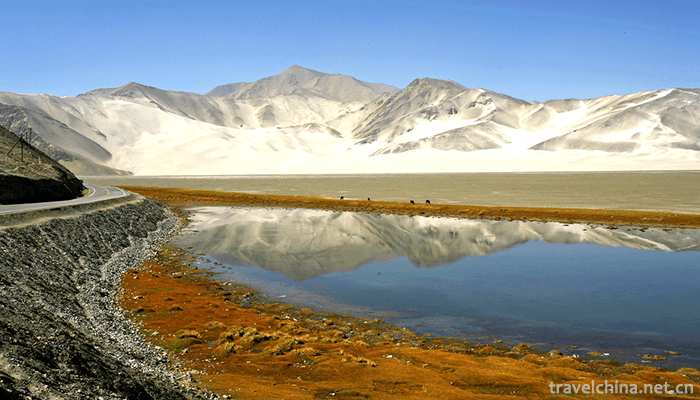
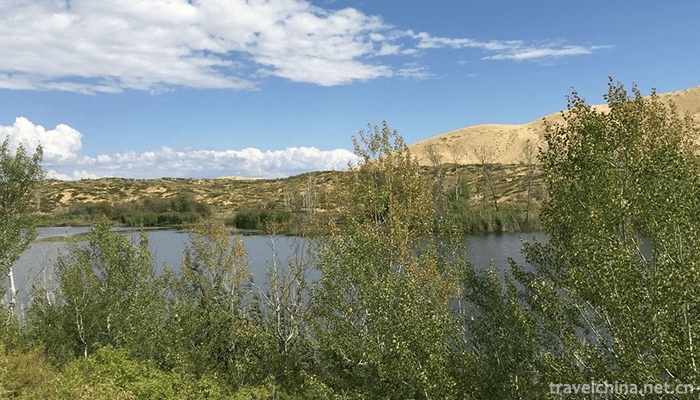
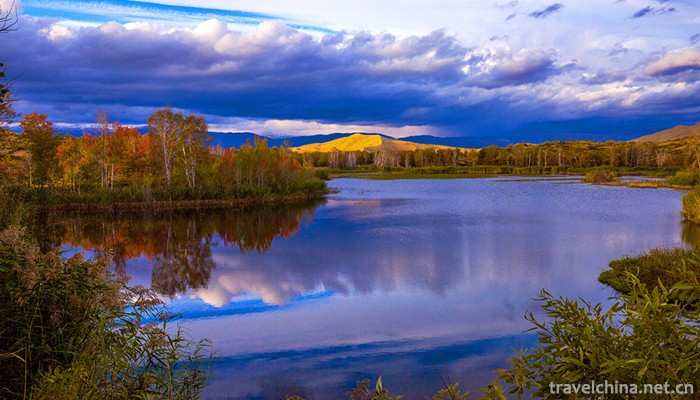

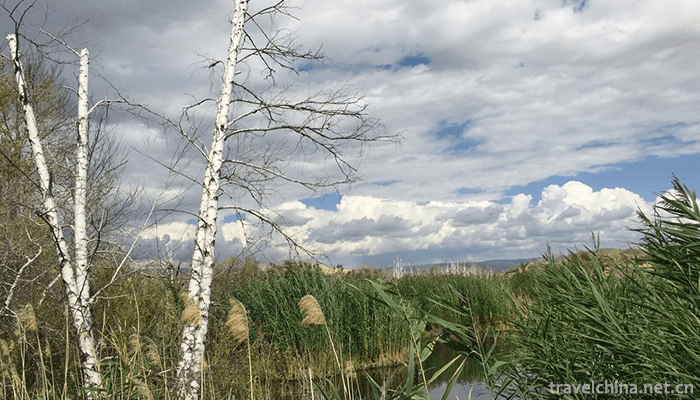
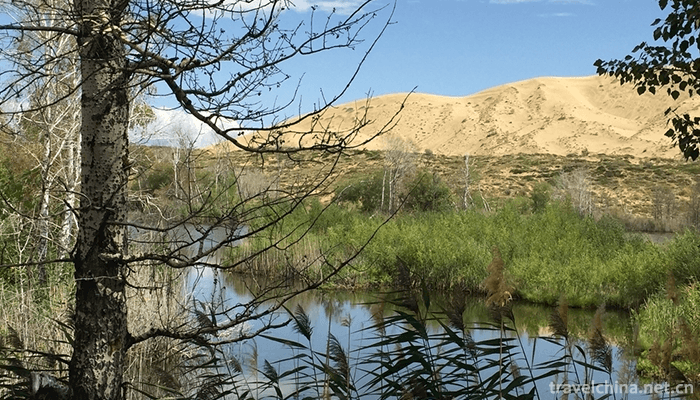
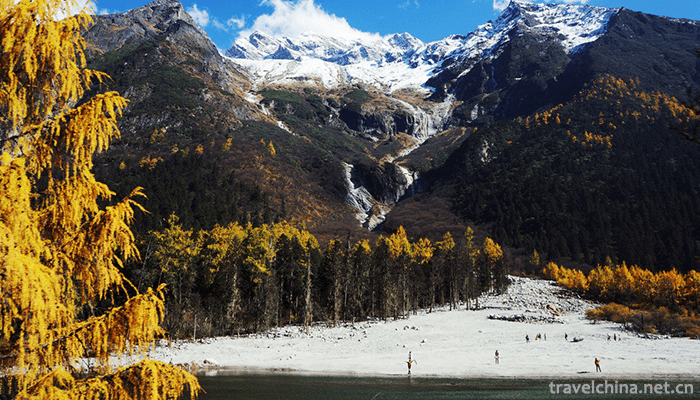
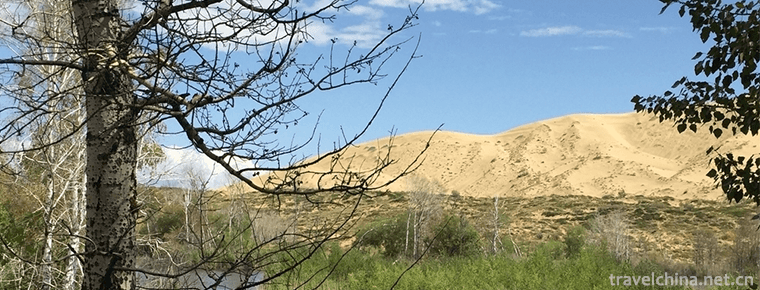
Baisha Lake Scenic Area
-
zhangjiajie national forest park Avatar Filming place
Zhangjiajie national Forest Park is located in Zhangjiajie City, northwest of Hunan province. On September 25, 1982, with the approval of the State Council of the People's Republic of China
Views: 245 Time 2018-10-28 -
Shanghai Ocean Aquarium
Shanghai marine aquarium is located at 1388 Lujiazui Ring Road, Pudong New Area, Shanghai, China, next to the Oriental Pearl Tower. Singaporean Xingya Group and Chinese Poly Group have jointly
Views: 206 Time 2018-12-19 -
Yanxiangdong Ecotourism Area of Hanjiang River
Yanxiangdong Ecotourism Scenic Spot of Hanjiang River is located in Shiquan, covering an area of 80 square kilometers, north of Qinling Mountains and south of Bashan Mountains
Views: 217 Time 2019-01-13 -
Leiqiong Haikou Volcanic Group World Geopark
Leiqiong Haikou Volcanic Group World Geopark is located in Shishan Town, southwest of Haikou City. It is only 15 kilometers away from the urban area. The Expressway
Views: 177 Time 2019-01-29 -
Wuhan Haichang Polar Ocean World
Wuhan Haichang Polar Ocean Park is the first Ocean Park constructed by Haichang Group in central China. It is the fifth large-scale theme park covering the concept of polar and ocean
Views: 205 Time 2019-02-24 -
Bogda Ula Festival
The sacrifice of Bogdahura (Shenshan) is one of the earliest forms of Mongolian creative culture in China. It is the product of national culture, which is formed by historical accumulation and plurali
Views: 104 Time 2019-04-04 -
Jiujiang folk songs
Jiujiang folk song is a traditional folk song that is popular in the surrounding areas of Chengmen, Ma Huiling, Huanglao Men, Lion and Chengzi Town in Jiangzhou District, Jiujiang City
Views: 206 Time 2019-05-08 -
Silk Strings of Laohekou
Laohekou Silk String is a traditional folk music in Xiangyang City, Hubei Province. Laohekou Silk String is different from other forms of folk literature and art. It is a music that combines folk arti
Views: 307 Time 2019-05-11 -
Guangxi drama
One of the local operas of the Zhuang nationality in Guangxi. Yongju Opera belongs to the Pihuang Vocal Tune System, which originated in Hunan. It was formerly called Guangju Opera, Old Opera, Local O
Views: 175 Time 2019-07-14 -
Natural resources of Panzhihua
Panzhihua is rich in hydropower resources, with theoretical reserves of more than 6.879 million kilowatts and exploitable capacity of 5.994 million kilowatts. The distribution of hydropower resources in Panzhihua area is concentrated, mainly distributed in the Jinsha River and Yalong River, as well as the tributaries of Anning River, Yongxing River and Tengqiao river.
Views: 308 Time 2020-12-14 -
Geographical environment of Deyang
Deyang City is located in the northeast edge of Chengdu Plain, with geographical coordinates of 30 ° 31 ′ - 31 ° 42 ′ N and 103 ° 45 ′ - 105 ° 15 ′ E. Deyang borders Fucheng District of Mianyang City in the northeast, Santai County of Mianyang City in the East
Views: 321 Time 2020-12-14 -
Population of Dazhou
By the end of 2019, the registered residence population of Dazhou was 6 million 589 thousand and 400, with a permanent population of 5 million 741 thousand, and the urbanization rate of permanent residents was 47.14%. The annual death rate was 46
Views: 366 Time 2020-12-20
